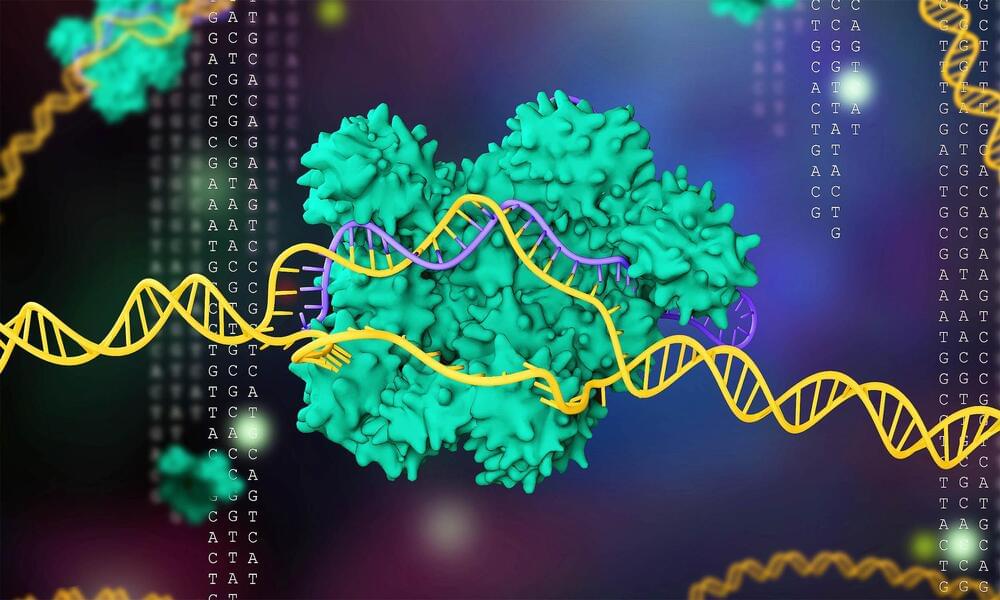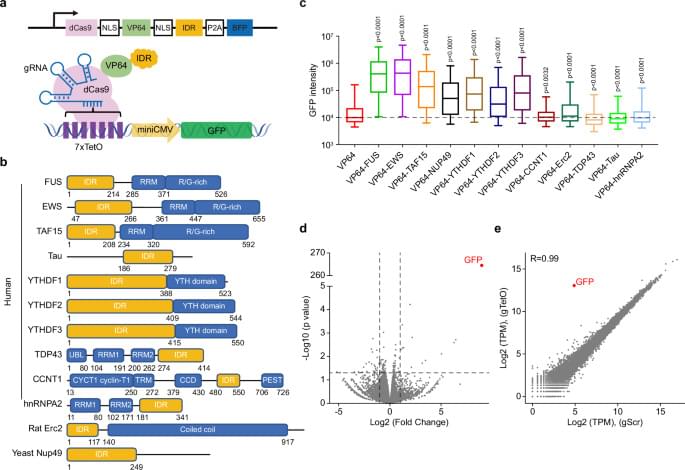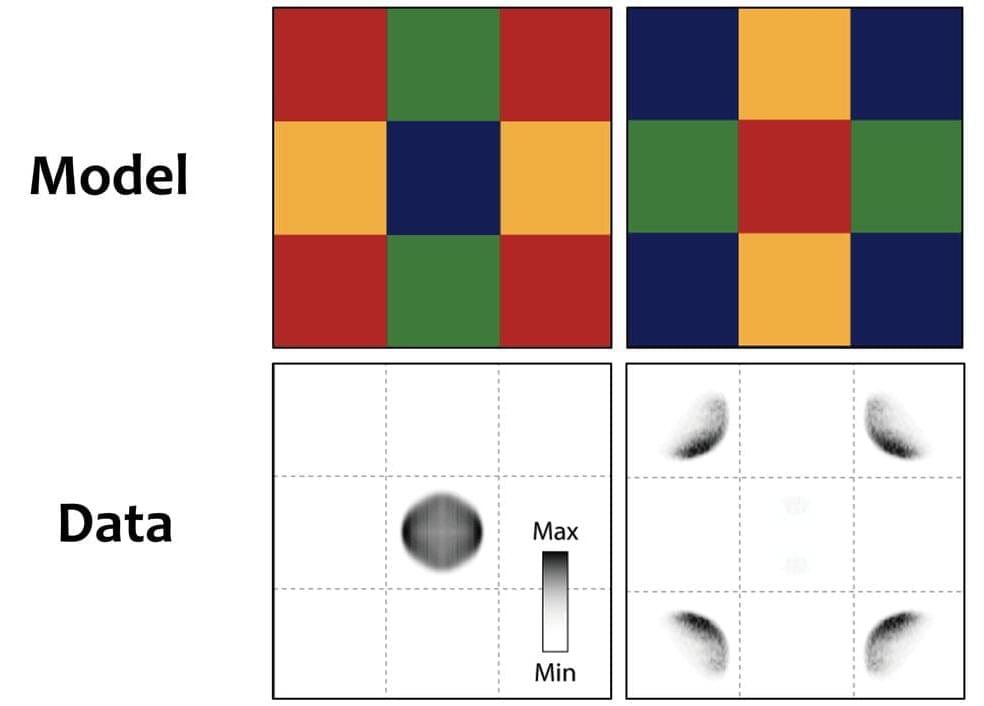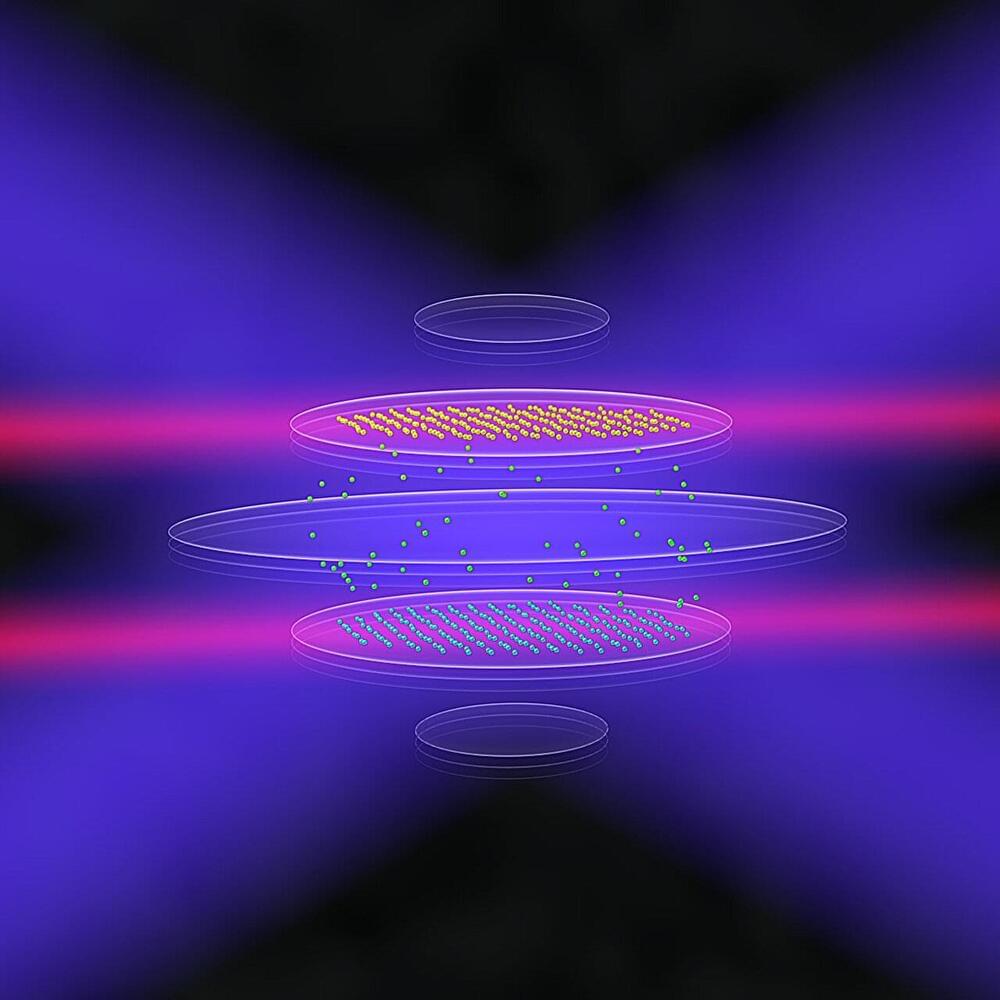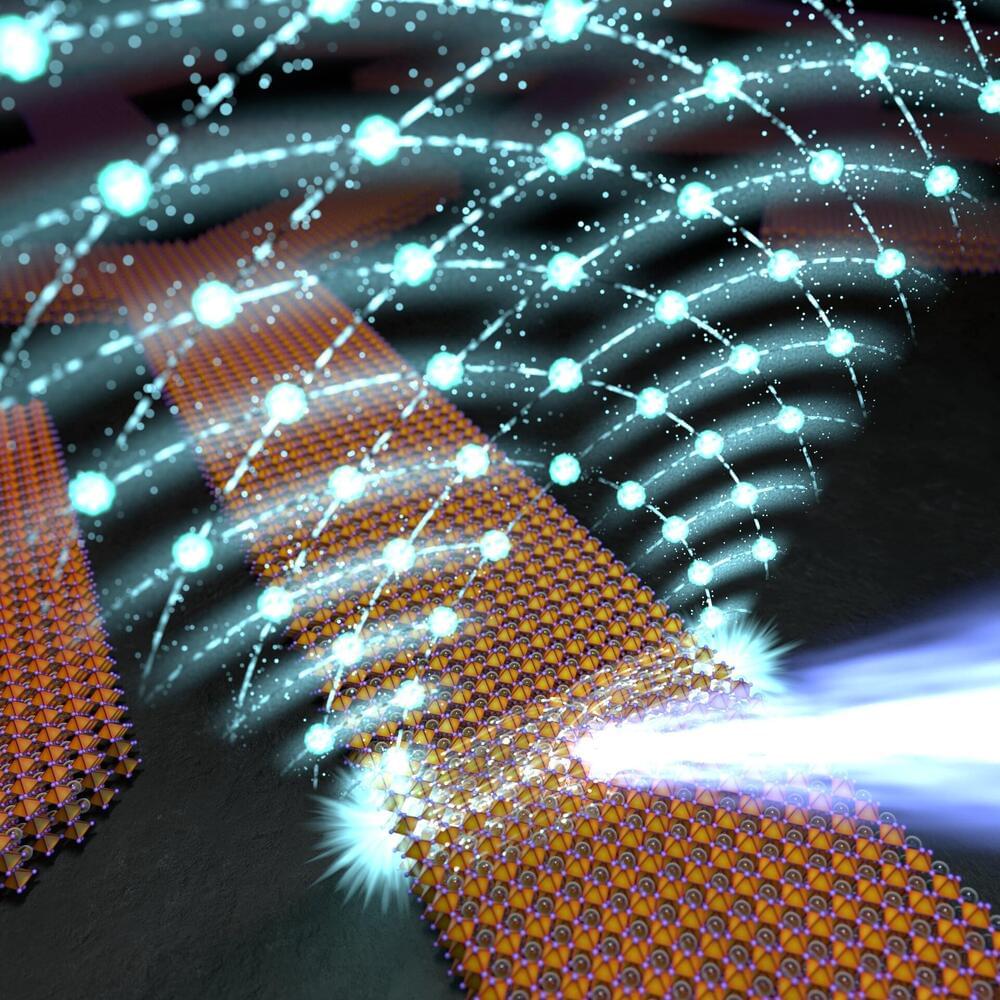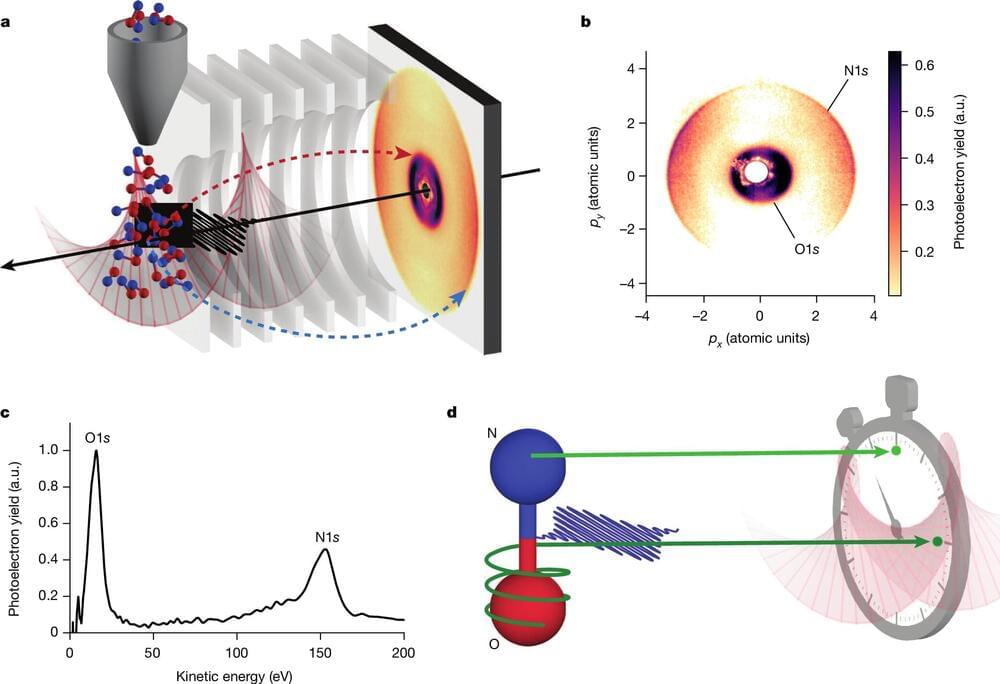What if our lifespan could be extended beyond its natural limits? Recently, scientists have made a significant leap towards this very real possibility with the discovery and study of an important longevity gene.
This gene has shown promise in promoting cellular repair and reducing the effects of aging, generating excitement in the scientific community about new methods for extending healthy lives, not just longer lives.
As we learn more about the mechanisms behind this particular longevity gene, we may soon uncover new strategies that could revolutionize how we approach human aging and lifespan, ultimately changing the way we live.
